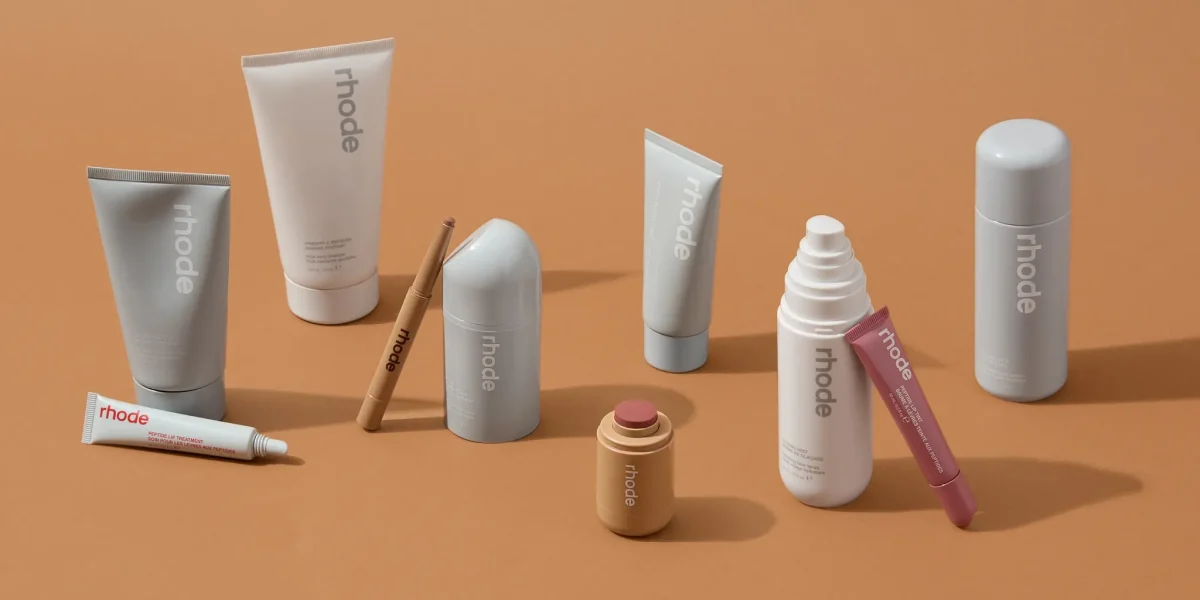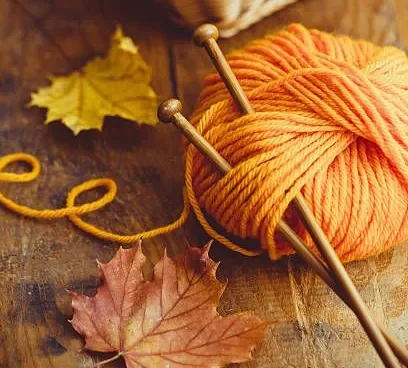While scrolling through social media platforms, you may read moany comments along the lines of, “What are we wearing this summer?”, and “Where are we buying our summer clothes”. With the rampage of trends on social media and the influence that it has, many people have lost their sense of independence when it comes to their personal style. This puts a focus on wearing what others deem acceptable, instead of wearing what they are comfortable in. A large cause of this is the rapidly moving trend cycle that occurs across social media platforms.
Microtrends are trends that are born and thrive on social media for a short period of time. It is impossible to avoid trends, as they have always existed and have been a prevalent part of culture. These trends lined the pages of various magazines marketed towards different groups of people. Today, the up-and-coming trends are being constantly displayed on social media platforms, reaching an even larger audience than before. However, the difference now is that it is easier and cheaper than ever before to give into these trends. With just a couple of clicks, your desired item could be in your hands in the matter of weeks, or even days.
Although participating in a trend here and there isn’t necessarily harmful, it is important to hold onto your personal stylistic opinion, rather than quickly jumping onto rising trends. The issue of over consumption has become a prominent issue as there are ads around every corner convincing you to buy something new.
As these microtrends continue to grow and die, the production rate speeds up, fueling the issue of fast fashion. The vast majority of the clothing that is mass-produced to keep up with the trends are made unethically, and with unsustainable fabric. Once consumers get their hands on these clothes, they wear them just a few times before they fall out of line with the current trends, or fall apart at the seams. This contributes to the large amount of unnecessary waste that is stuffing already filled landfills.
Many people advocate for more sustainable fashion, but sustainable fashion will never be achievable if people continue to give into these quick-moving trends. Gunillia Olsson, the Director of UNICEF Office of Research said, “In some cases we are seeing countries providing relatively healthy environments for children at home while being among the top contributors to pollutants that are destroying children’s environment abroad.” Unfortunately, the brands that are taking steps to improve their environmental footprint are generally much more expensive than the brands that many people turn to in order to align with the latest trends. As a consumer being persuaded by these trends, it can be difficult to understand what is a quick micro trend, versus what is something bought that will be worn more than once.
It is important to do research on the brands that you are regularly buying clothes as a modern-day consumer. Breaking down the issue of micro trends can be difficult, but is achievable if more people ask themselves before buying in, “do I really need this?”















